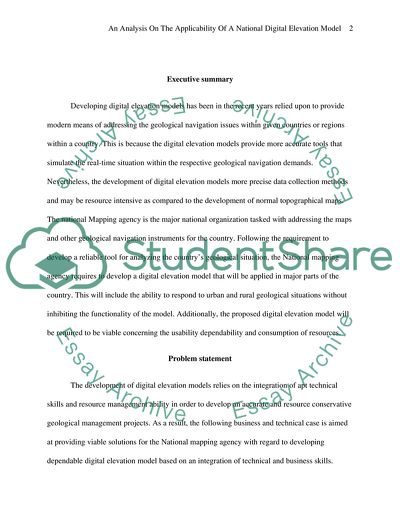Cite this document
(An Analysis on the Applicability of a National Digital Elevation Model Essay Example | Topics and Well Written Essays - 4250 words, n.d.)
An Analysis on the Applicability of a National Digital Elevation Model Essay Example | Topics and Well Written Essays - 4250 words. https://studentshare.org/engineering-and-construction/1851092-digital-elevation-model
An Analysis on the Applicability of a National Digital Elevation Model Essay Example | Topics and Well Written Essays - 4250 words. https://studentshare.org/engineering-and-construction/1851092-digital-elevation-model
(An Analysis on the Applicability of a National Digital Elevation Model Essay Example | Topics and Well Written Essays - 4250 Words)
An Analysis on the Applicability of a National Digital Elevation Model Essay Example | Topics and Well Written Essays - 4250 Words. https://studentshare.org/engineering-and-construction/1851092-digital-elevation-model.
An Analysis on the Applicability of a National Digital Elevation Model Essay Example | Topics and Well Written Essays - 4250 Words. https://studentshare.org/engineering-and-construction/1851092-digital-elevation-model.
“An Analysis on the Applicability of a National Digital Elevation Model Essay Example | Topics and Well Written Essays - 4250 Words”. https://studentshare.org/engineering-and-construction/1851092-digital-elevation-model.


